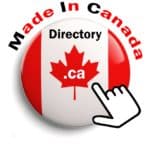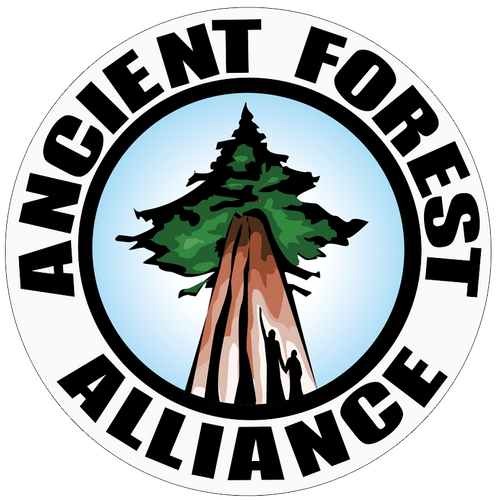
The Ethics of Elderflower Harvesting: Why I Never Pick Wild Elderflowers for Profit
Share
The Ethics of Elderflower Harvesting: Why I Never Pick Wild Elderflowers for Profit
As a professional forager with deep respect for the land—rooted in both my Indigenous heritage and my years of wildcrafting in British Columbia—I hold strong views on the ethics of harvesting elderflowers. While elder (Sambucus nigra or Sambucus cerulea) is a generous and medicinal plant, the way we harvest it matters. And when it comes to wild elderflowers, I have one firm rule: I never pick them to sell.
Here’s why: Every elderflower I take is one that will never become an elderberry.
The Problem with Commercial Wild Elderflower Harvesting
Walk through any farmer’s market or browse online wildcrafting shops, and you’ll likely find elderflower syrups, tinctures, and teas proudly labeled as "wild-harvested." But here’s the truth most consumers don’t realize: harvesting wild elderflowers in bulk is unsustainable and unethical.
Elderflowers are not just a human resource—they are vital for bees, butterflies, and other pollinators. And when those flowers mature into berries, they become a crucial food source for birds, squirrels, deer, bears, and countless other creatures. Unlike cultivated elderberry bushes, wild elders are not tended or replanted; they exist as part of a delicate ecological balance. When foragers strip entire stands of elderflowers to sell, they are robbing the forest of its future bounty.
The Shocking Math of Elderflowers vs. Elderberries
Consider this: One kilogram of fresh elderflowers yields about 4-6 kilograms of elderberries at maturity. That means every batch of wild-harvested elderflower syrup or cordial sold at market represents thousands of lost elderberries.
Now compare that to elderberry harvesting: in a good year, a single wild elder tree can produce dozens of pounds of fruit. If I harvest berries, I follow the "rule of thirds"—taking only one-third of the crop, leaving the rest for wildlife and natural reseeding. But with flowers? There is no ethical way to harvest them in bulk for profit without devastating the future berry crop.
When Is Elderflower Harvest Ethical?
I want to be clear: I am not against all elderflower harvesting. The elder tree is sacred, nourishing, and deeply medicinal. But the key is scale and intention.
Personal-Use Harvesting: A Respectful Approach
If you wish to harvest wild elderflowers for yourself, here’s how to do it responsibly:
- Take only what you need—a few clusters per tree, never more than 5-10% of what’s available.
- Leave the majority of flowers to ensure berries will form.
- Harvest from multiple trees rather than stripping one.
- Offer gratitude—whether through prayer, tobacco, or simply mindful acknowledgment of the plant’s gift.
The Medicinal Power of Elderflower
Elderflower is a potent remedy for colds, fevers, and inflammation. It can be dried for tea, infused into honey, or made into a soothing syrup. When harvested in small amounts, it is a beautiful way to connect with the land. But it should never be commodified at the expense of the ecosystem.
The Bottom Line: Buy Cultivated or Harvest Your Own
If you love elderflower products, here’s how to source them ethically:
- Seek out cultivated elderflower. Many small farms grow elderberries specifically for flowers and berries—this is a sustainable choice.
- Avoid mass-market "wild-harvested" elderflower products. There is no way to ethically wild-harvest elderflowers in commercial quantities.
- Learn to harvest your own—responsibly. If you have access to wild elders, take only a tiny amount for personal use.
Elder is a giving plant, but it is not inexhaustible. As foragers, wildcrafters, and stewards of the land, we must ensure that our harvests do not compromise the future of these sacred trees—or the beings who depend on them.
Wild elderflowers are not a commodity. They are a promise of berries to come. Let’s honor that.

